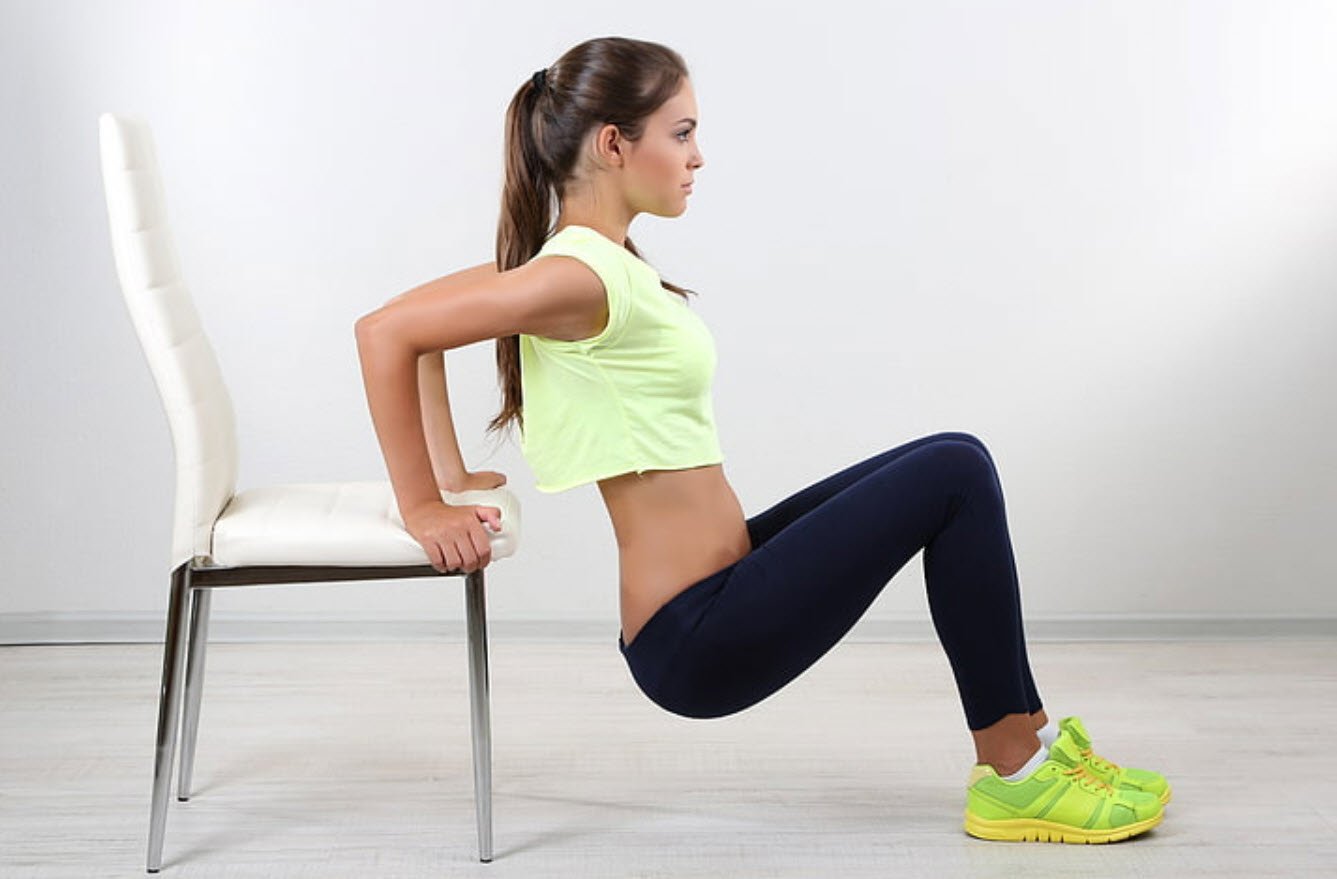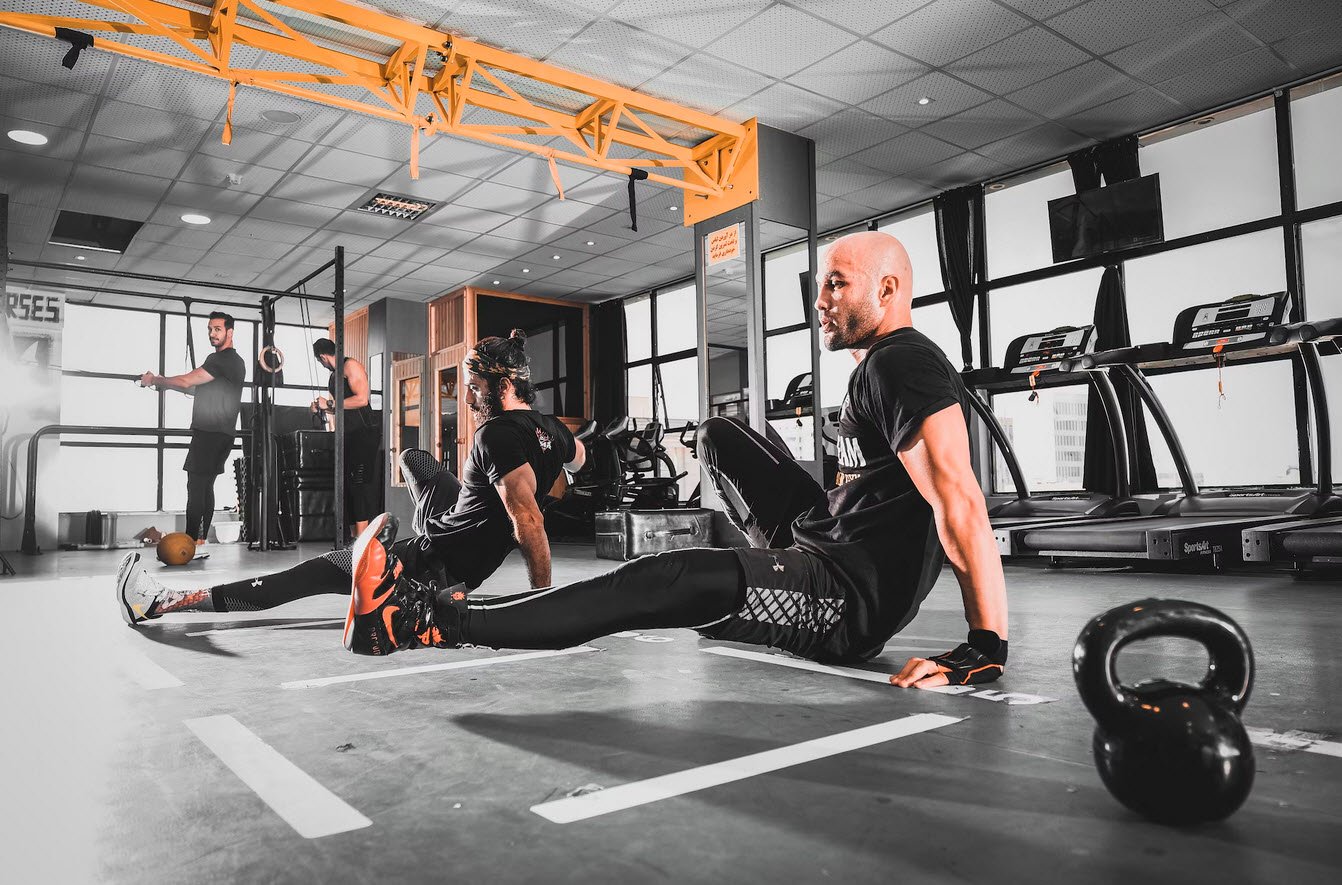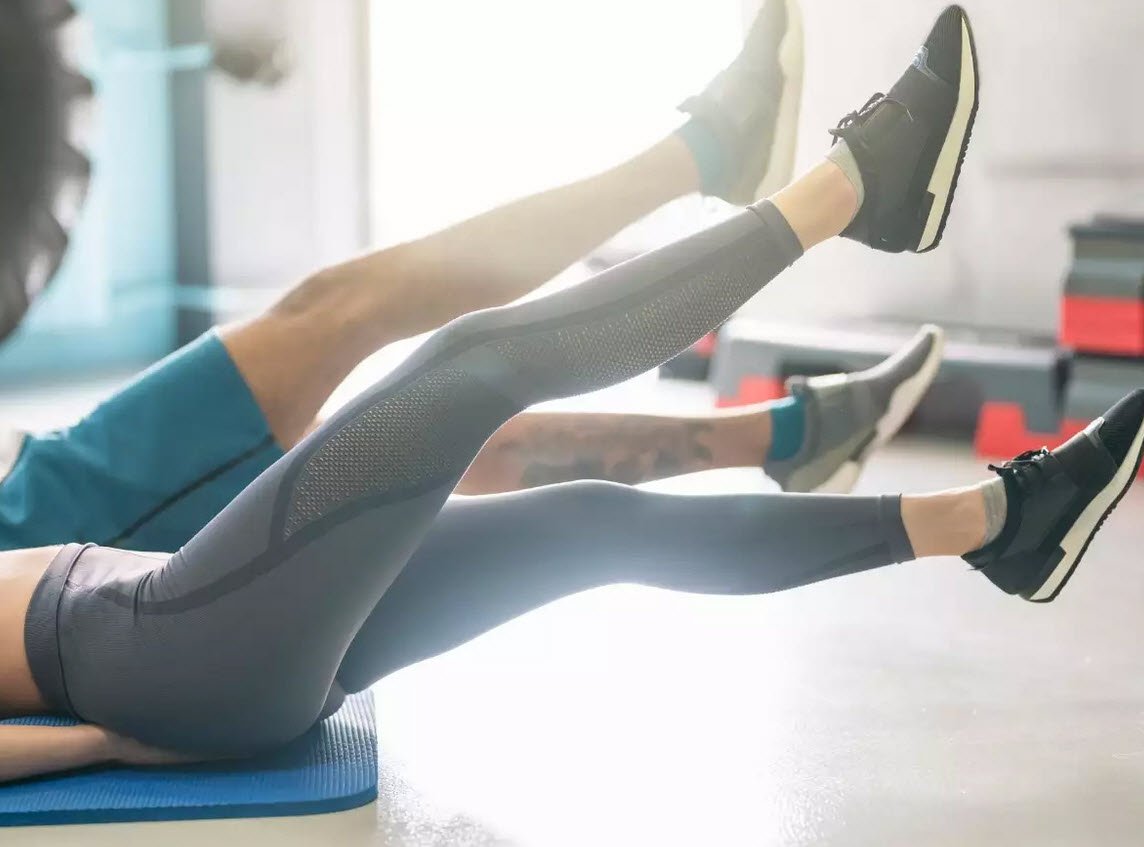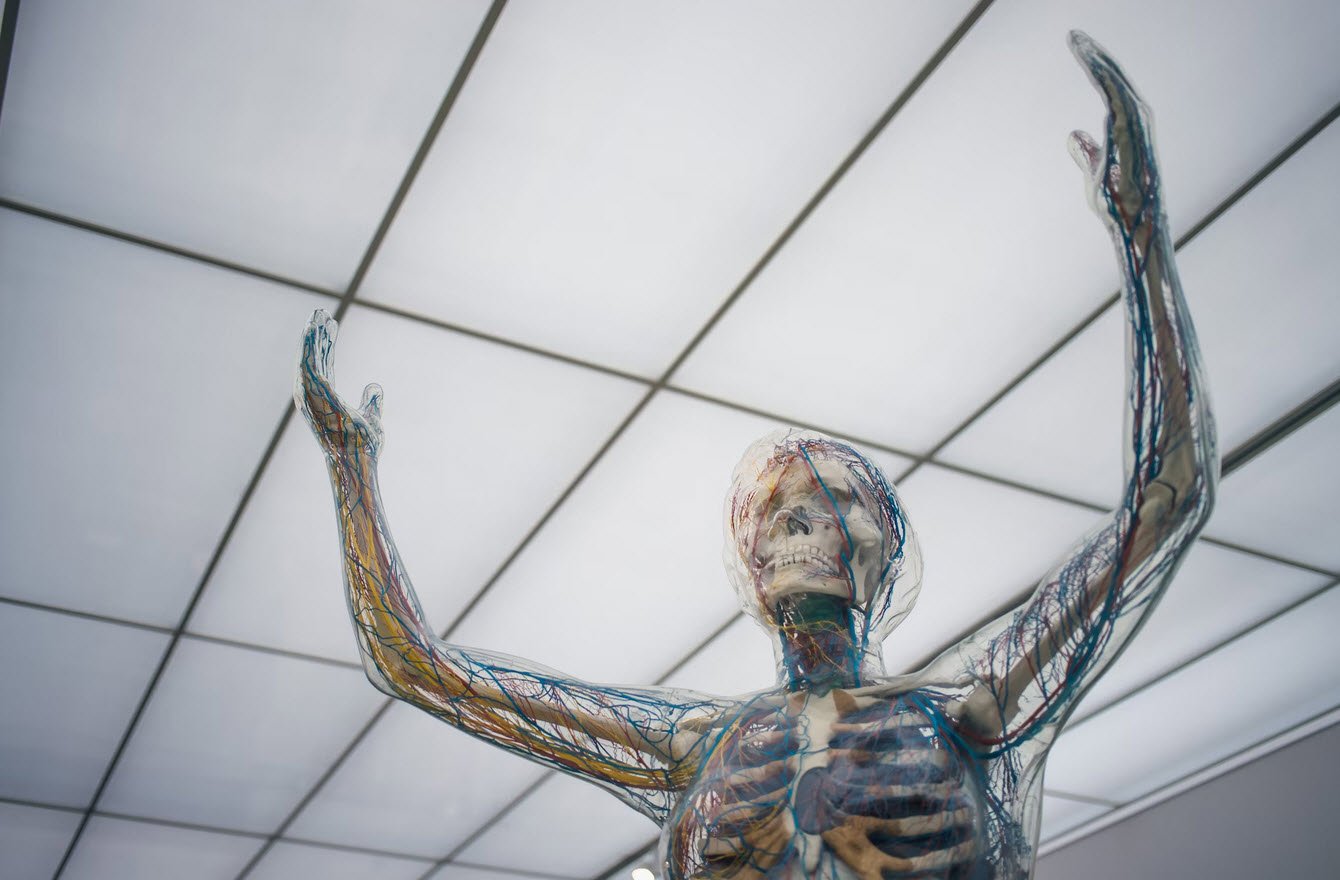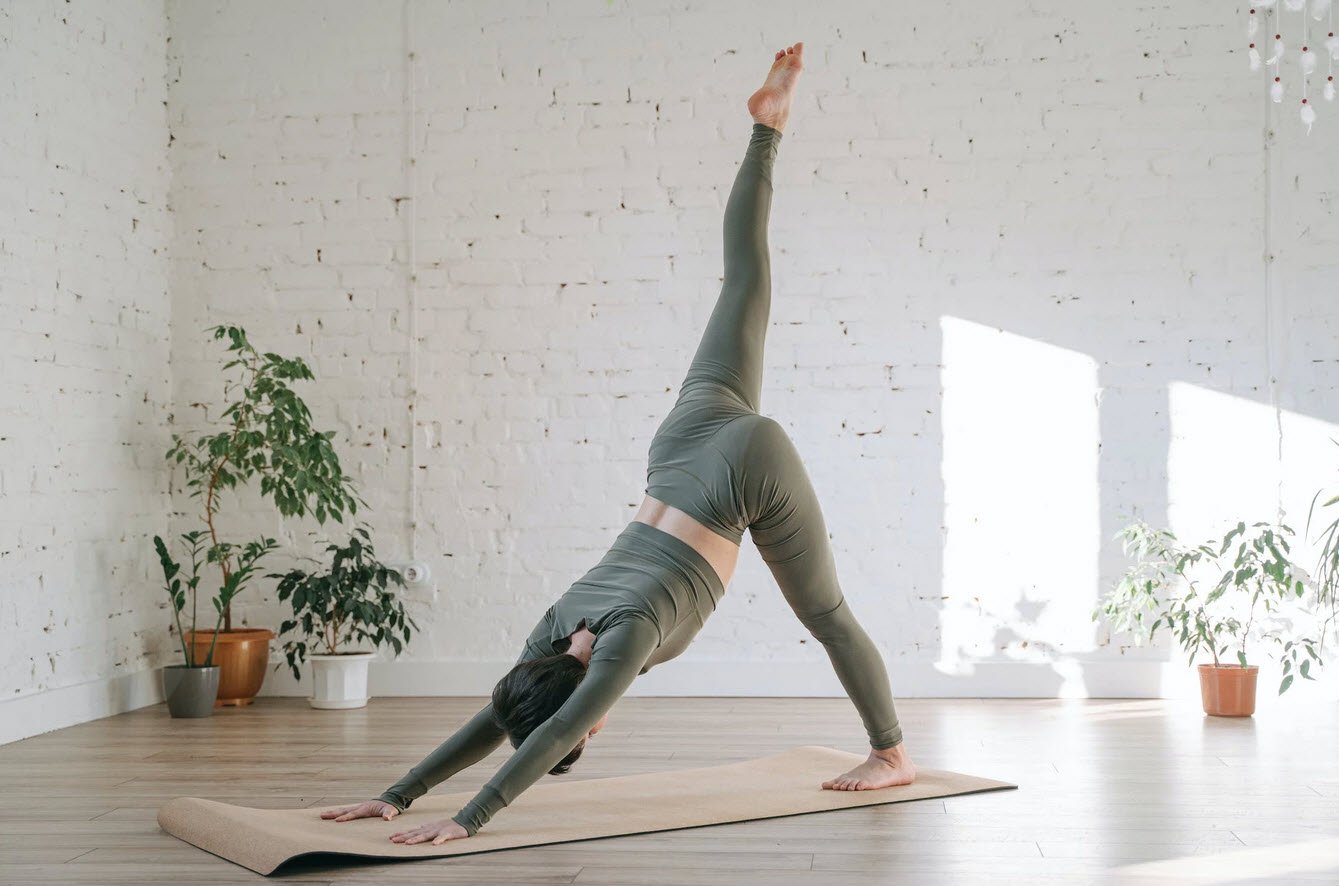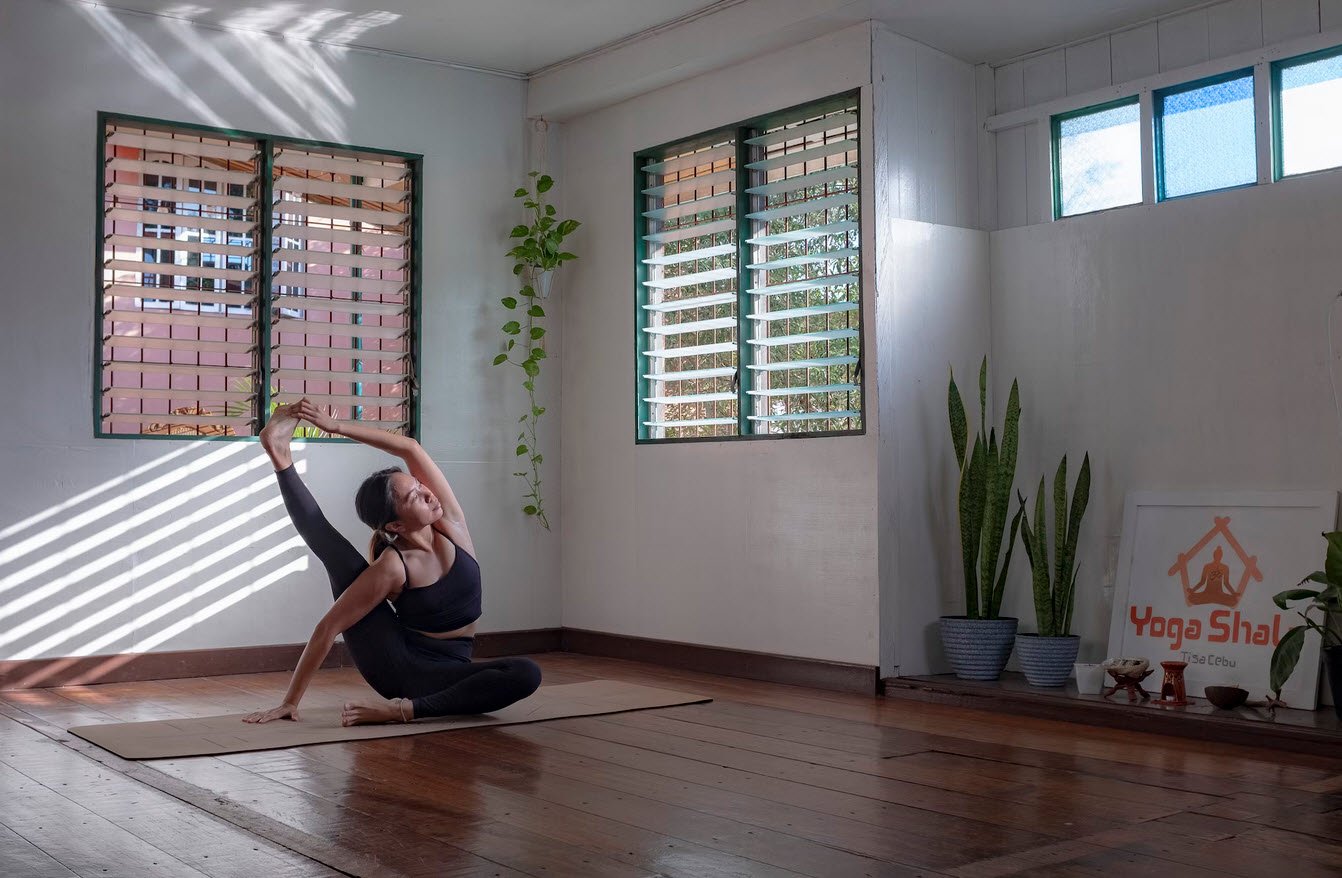
The Sun Salutation is a fundamental yoga sequence that is commonly practiced in Vinyasa yoga classes, where breath and movement are linked together. It involves a series of poses that flow seamlessly from one to another, providing a full-body workout and promoting strength, flexibility, and mindfulness.
Let’s go through the steps of the Sun Salutation:
1. Standing (Mountain Pose): Begin by standing tall with your feet together or hip-width apart. Engage your core, lengthen your spine, and relax your shoulders. Bring your palms together at your heart center or let your arms hang by your sides.
2. Standing (Volcano Arms): Inhale as you lift your arms overhead, keeping your shoulders pulled down and back, away from your ears. Lengthen through your fingertips and maintain a steady breath.
3. Forward Fold: Exhale and hinge forward from your hips, folding your upper body over your legs. Allow your head and neck to relax. If possible, touch the floor with your fingertips or palms. Bend your knees slightly if needed.
4. Half Lift: Inhale and lift your upper body halfway up, extending your spine and lengthening your torso. Keep your hands on your shins or thighs, and gaze forward to maintain a neutral neck position.
5. Forward Fold: Exhale as you fold forward again, returning to the forward fold position.
6. Plank: Inhale and step or jump back to a plank position, aligning your wrists under your shoulders and forming a straight line from head to heels. Engage your core and maintain a strong, stable position.
7. Low Plank: Exhale and shift forward, bending your elbows to lower your body halfway down. Keep your elbows close to your sides and maintain a straight line from head to heels.
8. Upward-Facing Dog or Cobra: Inhale as you transition into Upward-Facing Dog by pressing your hands into the mat, straightening your arms, and lifting your chest and thighs off the floor. Alternatively, you can choose Cobra pose by keeping your lower body on the mat and lifting your chest using the strength of your back muscles.
9. Downward-Facing Dog: Exhale and lift your hips up and back, forming an inverted “V” shape with your body. Press your hands into the mat, engage your core, and extend your spine. Keep your heels reaching toward the ground, but it’s okay if they don’t touch. Take a few breaths in this pose.
10. Forward Fold: Inhale deeply and step or lightly hop your feet forward between your hands, returning to the forward fold position.
11. Half Lift: Inhale and lift your upper body halfway up, lengthening your spine and gazing forward.
12. Forward Fold: Exhale and fold forward again, returning to the forward fold position.
13. Standing (Arms Overhead): Inhale as you rise up, bending your knees, and sit back into a squat position. Keep your weight in your heels, chest lifted, and arms extended out to the sides and overhead. Find stability and balance in this pose.
14. Standing (Mountain Pose): Exhale and return to standing position, grounding your feet and bringing your palms together at your heart center or allowing your arms to relax by your sides.
The Sun Salutation is often repeated several times to create a flowing sequence, warming up the body and preparing it for further yoga practice. It provides a holistic workout for the entire body, promoting strength, flexibility, and mind-body connection.
Remember to listen to your body, modify the poses as needed, and focus on synchronizing your breath with the movements. Enjoy the energizing and calming benefits of the
Sun Salutation in your yoga practice!
If you have any more questions, feel free to ask!
You may also like:- 100 Best Yoga Books – Free Download
- Using Yoga for Weight Loss – Balancing Body and Mind
- Kapalabhati – A Breathing Exercise for Holistic Well-being
- 7 Killer Ways to Maximize Fat Burning in the Gym
- Improving Blood Circulation in Your Legs – Simple Exercises for Better Leg Health
- Long-Term Effects of Exercise on the Muscular System
- Top 8 Guidelines for the Practice of Asanas
- Top 4 Physiological Benefits of Asanas
- The 5 Benefits of Yoga You Need To Know
- How To Do Eagle Arms Yoga – Tips and Techniques

